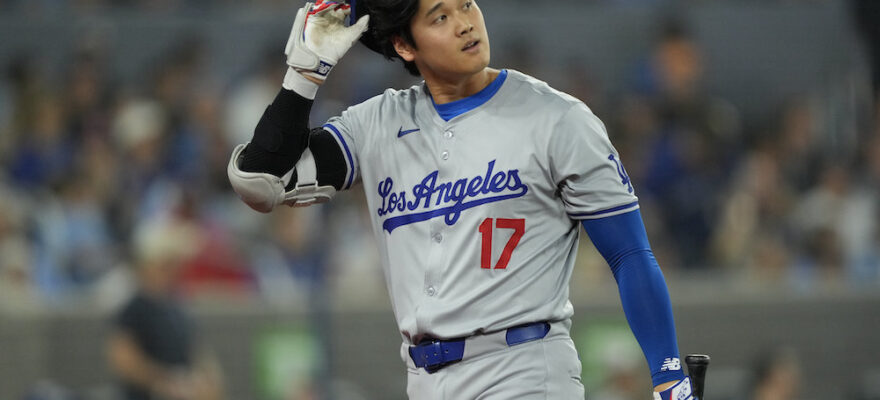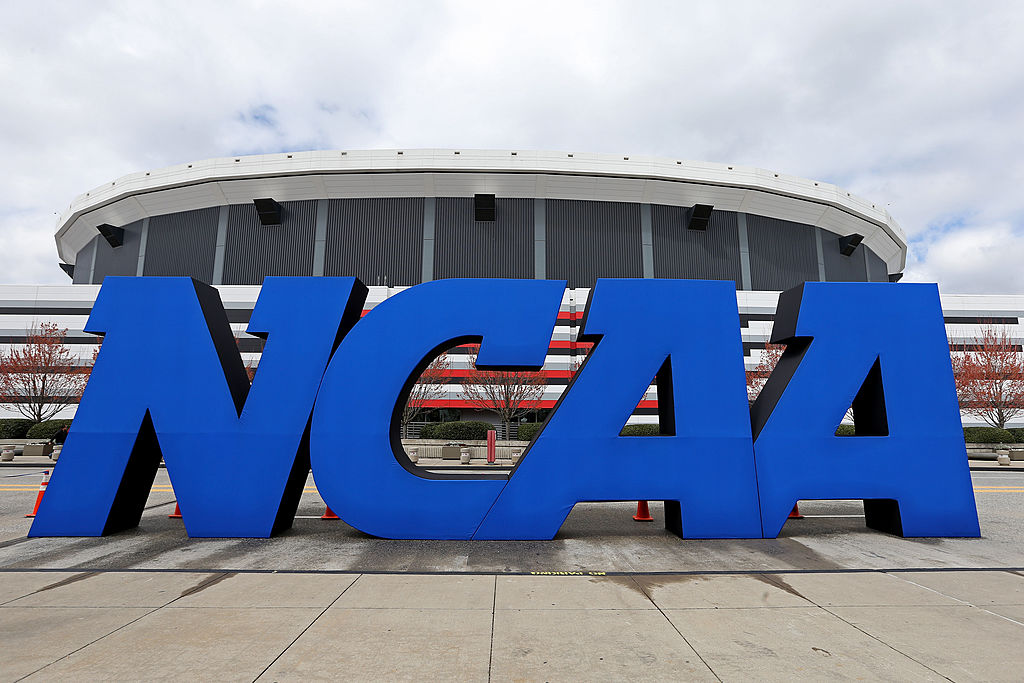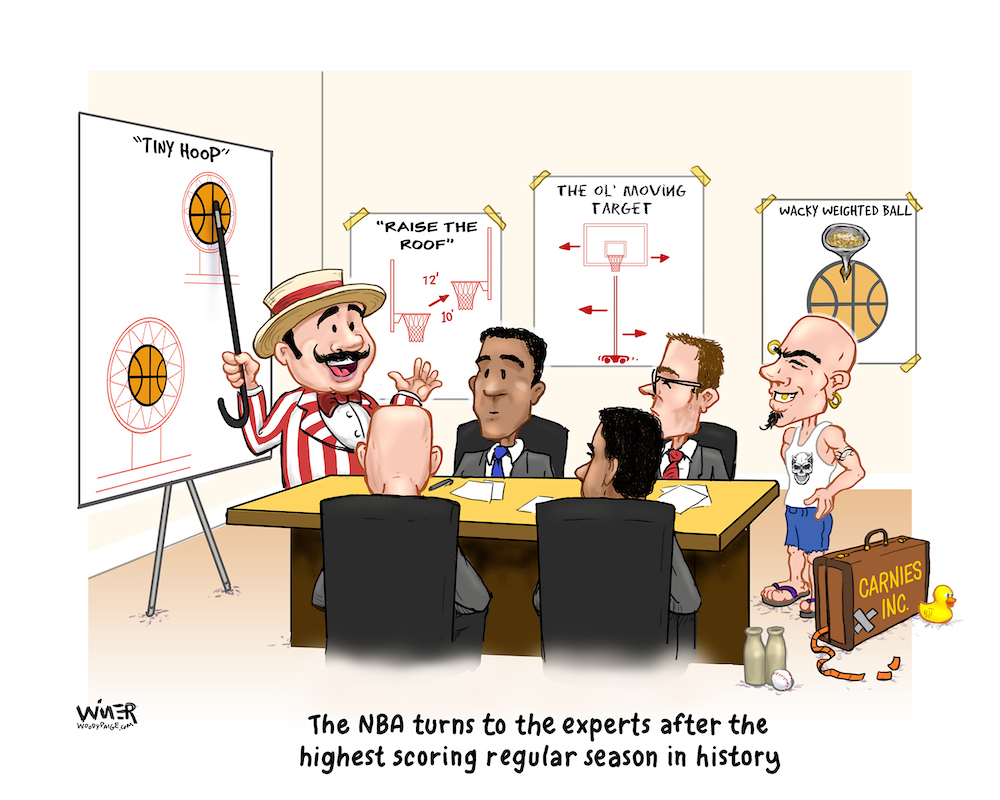Follow Mark on Twitter/X @markknudson41
Trends are everything in sports these days.
The way things are trending in the game of baseball, the position of “pitcher” – or, using the youth baseball term “pitcher only” – is in very real danger of becoming extinct.
News and opinions regarding the epidemic of arm injuries at the Major League level is everywhere. Educated reasoning by notables like Dr. James Andrews, and those who pitch for a living, like Colorado Rockies pitcher Kyle Freeland place the blame in numerous areas, starting at the youth level with overuse injuries, and inflated emphasis on throwing harder and harder, all the way up to MLB’s use of the pitch clock, which players like Freeland point to as causing problems for hurlers at the big league level.

It should be obvious to almost everyone that there are multiple factors. All are contributing to surgeons like Dr. Andrews working overtime to repair elbow ligaments – often times more than once for an increasingly large number of pitchers.
The real issue is how to stop or even slow this down. Eliminating the pitch clock may help, but as long as youth coaches can make a full time living promoting year ‘round baseball playing and training, kids are willing to forgo other sports in order to reach 90 mph on the radar gun, and parents are willing to pay big money with the hope of an even bigger return, things are only going to continue to get worse.
At the professional level, the concern about ROI is even greater. Organizations are getting crushed by big contracts handed out to pitchers who get hurt and can’t play, from the low minors all the way up to the big leagues.
Something has to change. And it will. The trend – and Shohei Ohtani – say so.
Remember, Ohtani – in the first year of a record breaking $700 mil contract with the Los Angeles Dodgers – is the pitcher/power hitter who has revolutionized MLB. Last season, his time on the mound was cut short by his second elbow injury and subsequent surgery. But the Dodgers didn’t hesitate to ink him to a mega contract anyway because he was still among the best power hitters in the sport, and should be able to contribute on the mound again next season.
If I’m the owner of an MLB team, that’s the kind of player I want on the roster. Someone who’s season isn’t necessarily ended by an elbow injury, but who can contribute in more than just one way.
So what about a full roster of those kinds of players?
For as long as the game’s been played, young athletes all the way up to the high school level – including every team’s best pitcher – have also played a position, or more likely multiple positions, for their team.
No one was a “pitcher only.”
That’s only become a thing at the youth travel/club level in recent years so that coaches can carry more players who are paying thousands of dollars to the club for the privilege. It’s a money grab. It’s not what’s best for the young players.
As long as coaches are cognizant of the wear and tear on a particular players’ throwing arm, good coaches can manage their roster to allow for the proper amount of rest and arm care. Do things right and any high school coach can minimize the chances of a player ending up in Andrews’ operating room.
In college baseball, there are two-way players like Florida All-America Jac Caglianone (7-4 for the Gators on the mound last season with 87 strikeouts while belting 33 homers himself) who excel on the mound, at the plate and in the field. Last year’s top draft pick, Pittsburgh pitcher Paul Skenes, was a tremendous two-way player during his first two years of college baseball at the Air Force Academy. Skenes was voted the best two-way player in the country after his sophomore season in 2022. Caglianone won that award last season. Both could follow in Ohtani’s spikes and be two-way MLB standouts.
And there are many more.
At some point, someone in MLB is going to have to show the guts to start looking for more baseball players who can pitch, play the field and hit. If you really think about it, it’s not hard to envision Major League Baseball two decades from now having 25 man rosters made up of at least 15 or more who can pitch, hit and play another position.
The age of specialization is on the decline. We’ve already seen the reduced role of the starting pitcher in MLB. We’ve already seen bullpens grow from 10 to 13 players on each roster. We’ve already seen the expansion of the “utility player” role for guys who can play multiple defensive positions, sometimes in the same game. This is all trending toward future MLB players shedding the “Pitcher Only” role and being able to contribute in multiple ways, like Ohtani does.
If you’re the owner of an MLB team and you need to pay someone millions to play for you, why wouldn’t you want that player to be able to do more than one thing? Hurt your elbow? No need for time on the injured list if you can still hit, right?
As long as the sport continues to suffer the epidemic of arm injuries, that’s the way the game is trending.
More from The Woody Paige Sports Network:
- Woody Paige: That time I played blackjack with Michael Jordan in Monte Carlo
- Woody Paige: A tribute to the legendary John Madden
- Watching and Learning from the great Nolan Ryan
- Woody Paige: It’s time for the Monfort family to sell the Colorado Rockies
- Don’t bet on Nick Saban being done with College Football



















